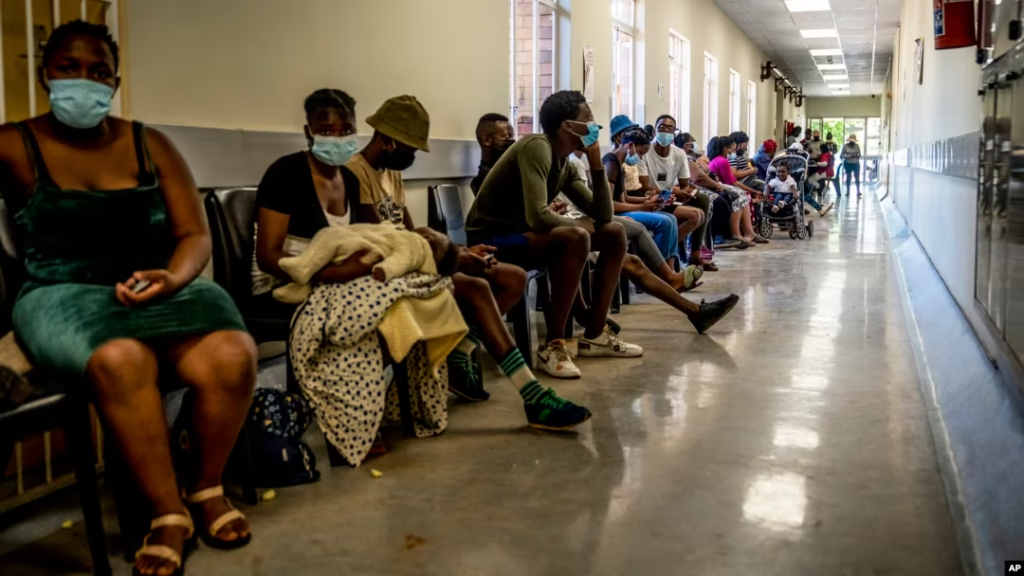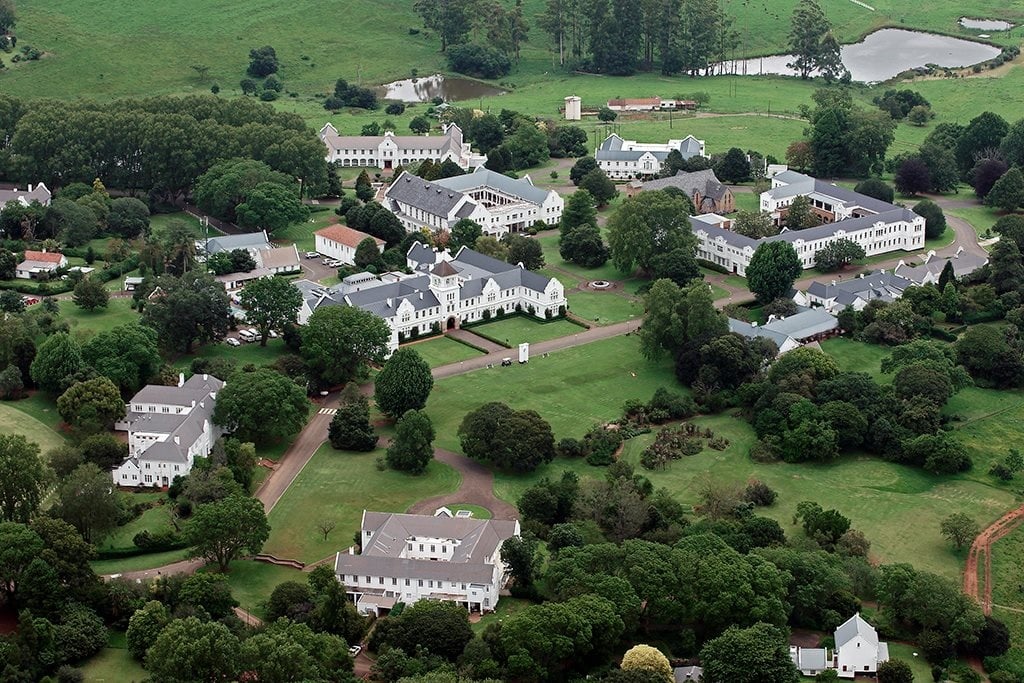Top Worst Public Hospitals in South Africa – South Africa’s public healthcare system provides vital services to millions of citizens, many of whom cannot afford private medical care. Despite the dedication of countless healthcare workers, some public hospitals have developed reputations for poor service delivery, inadequate facilities, and systemic failures. In 2025, several hospitals continue to struggle due to a combination of underfunding, mismanagement, overcrowding, and lack of resources.
In this article, we take a critical look at the top worst public hospitals in South Africa as of 2025. This list is based on media reports, official government audits, patient testimonials, and health sector reviews. It aims to highlight the systemic challenges these institutions face and the urgent need for intervention and reform.
1. Chris Hani Baragwanath Academic Hospital (Soweto, Gauteng)
Why it is among the worst:
Despite being one of the largest hospitals in the Southern Hemisphere, Chris Hani Baragwanath has long struggled with chronic overcrowding. Patients often endure long waiting times, sometimes exceeding 12 hours in emergency units.
- Overcrowding: A patient load far beyond capacity, leading to people waiting in corridors.
- Equipment failures: Frequent reports of broken diagnostic machines and shortages of essential supplies.
- Infection control issues: Concerns about cleanliness and the spread of hospital-acquired infections.
2. Charlotte Maxeke Johannesburg Academic Hospital (Johannesburg, Gauteng)
Why it is among the worst:
Once considered a centre of excellence, Charlotte Maxeke has faced infrastructure decay, fire damage, and delays in repairs.
- Infrastructure damage: A major fire in 2021 exposed structural weaknesses; as of 2025, some sections remain under repair.
- Service disruptions: Patients redirected due to non-functional wards.
- Staffing shortages: Skilled personnel shortages contribute to poor patient care.
3. Rahima Moosa Mother and Child Hospital (Johannesburg, Gauteng)
Why it is among the worst:
This hospital has been in the spotlight for its poor maternity services.
- Unsafe maternity conditions: Reports of women giving birth on hospital floors due to overcrowding.
- Staff fatigue: Overworked doctors and nurses struggling to manage high birth rates.
- Lack of basic supplies: Shortages of gloves, linen, and essential medicines.
4. Tembisa Provincial Tertiary Hospital (Tembisa, Gauteng)
Why it is among the worst:
Tembisa Hospital has made headlines for tragic medical negligence cases.
- Negligence and malpractice: Numerous lawsuits linked to avoidable deaths and injuries.
- Mismanagement: Past financial scandals involving questionable procurement practices.
- Overburdened staff: High patient load without proportional staff increases.
5. Nelson Mandela Academic Hospital (Mthatha, Eastern Cape)
Why it is among the worst:
Serving one of the poorest regions, this hospital faces dire resource shortages.
- Equipment shortages: Essential machines like CT scanners and ventilators often out of order.
- Sanitation concerns: Water shortages impacting hygiene and infection control.
- High maternal mortality rates: Linked to poor emergency obstetric care.
6. Livingstone Hospital (Gqeberha, Eastern Cape)
Why it is among the worst:
Livingstone Hospital is known for long waiting times and collapsing infrastructure.
- Emergency department crisis: Patients left waiting for care, some dying before being seen.
- Surgical backlogs: Critical operations delayed due to lack of theatres or staff.
- Poor maintenance: Leaking roofs and broken lifts disrupt patient services.
7. Mahikeng Provincial Hospital (Mahikeng, North West)
Why it is among the worst:
This hospital has been plagued by operational inefficiencies and community protests.
- Service delivery protests: Frequent strikes disrupt healthcare services.
- Equipment failures: Basic tools like oxygen supply systems not working reliably.
- Security concerns: Crime and vandalism affecting hospital property and staff safety.
8. Letaba Hospital (Limpopo)
Why it is among the worst:
Letaba Hospital struggles with resource limitations and poor patient outcomes.
- Understaffing: One doctor often responsible for too many patients.
- Infrastructure decay: Cracked walls, poor sanitation, and rodent infestations reported.
- Medicine stock-outs: Chronic shortages of essential drugs.
9. Robert Mangaliso Sobukwe Hospital (Kimberley, Northern Cape)
Why it is among the worst:
Kimberley’s main public hospital faces serious logistical and service challenges.
- Limited specialist care: Patients often referred hundreds of kilometres away for basic specialist treatment.
- Facility decay: Ageing equipment and buildings in disrepair.
- Poor patient feedback: Regular complaints about waiting times and staff attitudes.
10. Mapulaneng Hospital (Bushbuckridge, Mpumalanga)
Why it is among the worst:
Mapulaneng Hospital faces extreme shortages of medical staff and equipment.
- Critical staff shortages: Very few specialists available; general staff overwhelmed.
- Inadequate facilities: Emergency and maternity wards poorly equipped.
- Transport problems: Ambulances scarce, delaying emergency transfers.
Common Challenges Across These Hospitals
While the specifics differ, these hospitals share several systemic issues:
- Underfunding: Budgets often insufficient for the size and needs of the populations served.
- Poor infrastructure maintenance: Ageing buildings and equipment are not kept up to standard.
- Corruption and mismanagement: Funds intended for healthcare diverted or poorly managed.
- Human resource challenges: Skilled professionals leave for the private sector or overseas, leading to shortages.
- Overcrowding: Patient loads far exceed capacity, especially in urban centres.
Frequently Asked Questions (FAQs)
1. Why are some public hospitals in South Africa in such poor condition?
A combination of inadequate funding, corruption, ageing infrastructure, mismanagement, and high demand on services has led to the deterioration of some public hospitals.
2. Do these hospitals have any good services or departments
Yes. Despite systemic issues, many individual healthcare workers provide outstanding care under difficult conditions. Some units—such as trauma or neonatal—may still perform well in these hospitals.
3. Is it safe to go to these hospitals in an emergency?
In life-threatening emergencies, these hospitals may be your only option. They have trained professionals but face significant constraints that can affect response times and outcomes.
4. What is being done to improve these hospitals?
Various government interventions include infrastructure grants, the rebuilding of damaged facilities (e.g., Charlotte Maxeke), and new equipment purchases. However, progress is often slow.
5. Can I report poor treatment or conditions at a public hospital?
Yes. Complaints can be lodged with hospital management, provincial health departments, or bodies like the Office of Health Standards Compliance.
Final Thoughts
The condition of some of South Africa’s public hospitals in 2025 reflects broader systemic challenges in the country’s healthcare system. While dedicated professionals continue to work tirelessly, these institutions urgently need investment, management reform, and community support to deliver the standard of care that all South Africans deserve.
Awareness is the first step towards advocacy and change. By highlighting the struggles faced by these hospitals, there is hope for increased accountability and sustainable solutions that improve public healthcare for everyone.


